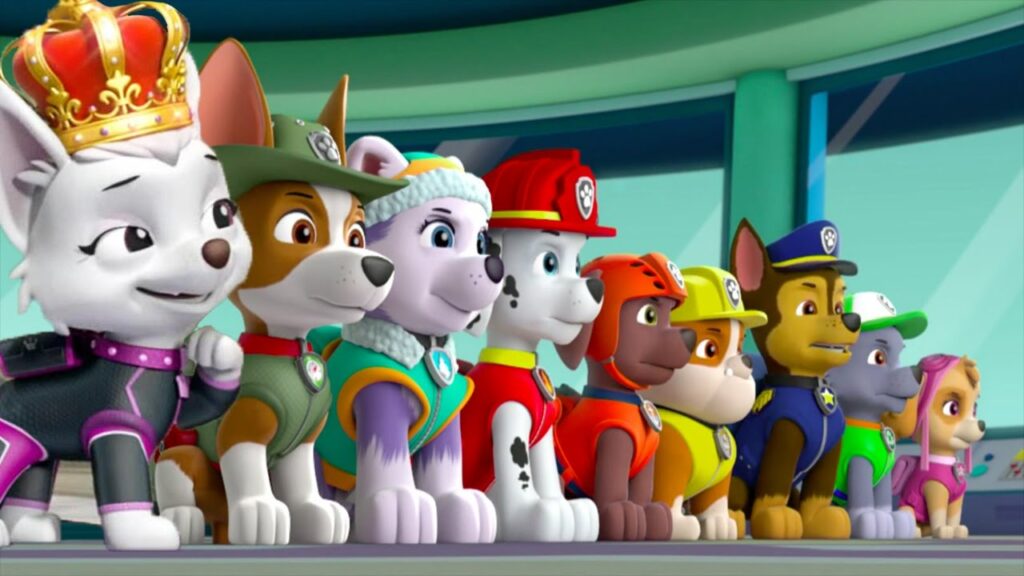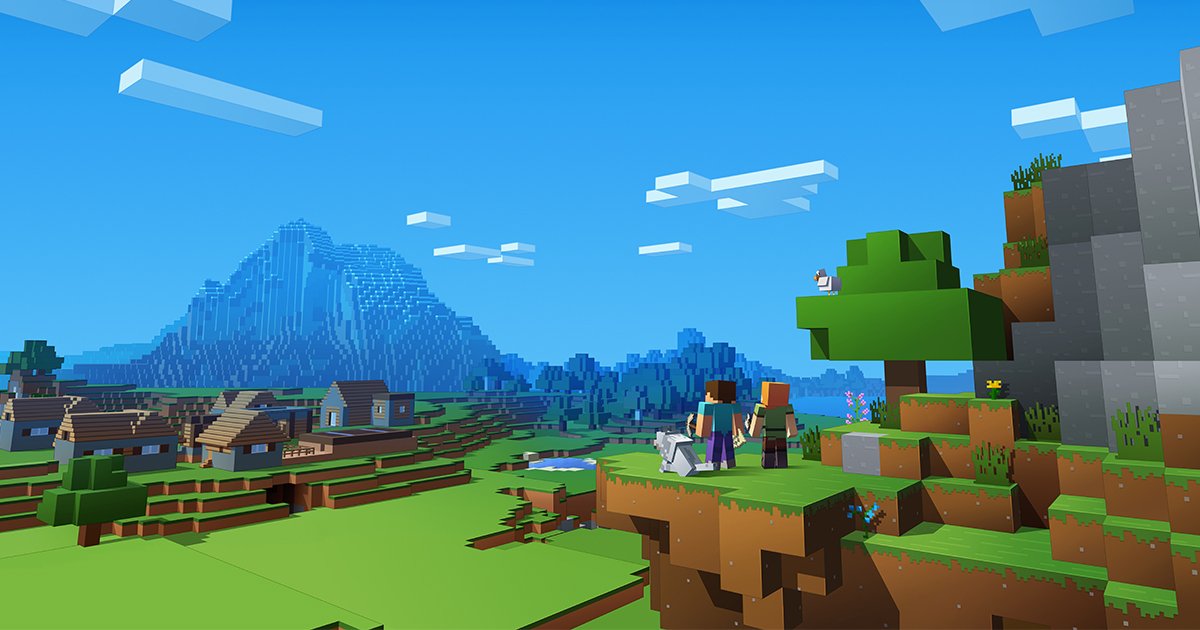
The five-year-old who lives in my house would have kicked my ass when I was his age.
His skill in building and forging in Minecraft for hours greatly exceeds any talent I ever showed. That’s probably because he was quite literally born into it, molded by it, whereas I only adopted gaming when I was around 10 years old.
But, you know, as a dad, I now wear multiple hats. First and foremost I am responsible for the kid’s upbringing. My wife and I ensure that he is properly socialized and will eventually contribute to society. In return, I ask that said society doesn’t impose too much with its needs to the point that my kid becomes a problem for everyone involved.
I’m also an industry analyst. Which means that I eat my own dog food by giving the kid access to video games. Games have a positive influence on a child’s development and creativity. And so I’m proud to be part of an industry that creates lots of beautifully-made and suitable games. He loves Alto’s Odyssey, Toca Boca, and Super Mario Run. These all bring that sense of wonder that got me excited about this industry in the first place and I’m happy to share that with him.
Historically, playing was an important part of childhood development. Physical games teach you how to operate and move your body, and other game types train your cognitive abilities, all while having a blast. However, growing up in a world where games are a mainstream form of entertainment means that playtime is now also an activity in which we communicate ideas and values. Perhaps now more so than ever before. No longer on the fringes and pushed aside by books, movies and TV, gaming presents and facilitates the experimentation by children of ideas. So perhaps it is because of my changing perspective on the world that I realize that games now have a much bigger responsibility than before. And as an industry, I think we can do better.

The current offering of kids games has a glaring problem in terms of how they connect kids with suitable content. The issue, as I see it, is two-fold: first, there’s a sobering amount of overly aggressive in-app monetization going on. In most free-to-play games (looking at you, Minion Rush) there are way too many interruptions that force you to buy some meaningless currency to spend on things you don’t need. These are not games. They only create noise in my house because the kid is constantly prompted to do something other than play. A poorly designed user interface with too many buttons tempting to interrupt game play successfully breaks the spell of any magic circle.
What’s worse, though, is the abysmal targeting by whatever infantile user acquisition algorithm companies Apple uses. Here’s my kid playing some brightly colored game with characters that go la-la-la and then boom, a 30-second ad for a high-def shooter game. What fresh hell is this? Clearly age categories are meaningless since all those desperate firms trying to get my kid’s attention have no problem using guns and violence to do so.
Looking ahead, I’m hopeful that 2019 will be a better year. The first reason is the late but finally arrived scrutiny of companies that exist at the intersection of tech, entertainment, and data. Sure, the headlines speak mostly about Facebook, Amazon and Google. But this intensified investigation into who collects data and how it is handled also includes game companies. Free-to-play has been a democratizing force across the industry, but, interestingly, both western and eastern governments agree on the need to regulate its application across categories. Especially those that appeal to kids.
The big idea is, of course, that kids are more impressionable and may be corrupted as a result of their exposure to seedy strategies. Just ask Electronic Arts. Following the loot box scandal that resulted in various governments speaking out and moving to outlaw the monetization mechanic, I expect to see a growing effort focused on protecting the innocent. From here on, game companies will be held to a higher standard especially with regards to how they handle data on minors. As a parent I think that’s a good thing. And as an analyst I think it makes sense for the industry, too, as it’ll create more long-term value.
Next, it is clear that subscriptions and bundled content will drive sales in 2019. After the initial success of Twitch and Microsoft’s GamePass, more companies will adopt this monetization model. Now that large platform holders like Sony and Apple are getting close to the upper limits of how many devices the market will carry, they are naturally looking to grow revenues by offering add-on services. Subscriptions are a big part of this.
Game publishers have been experimenting with micro-transactions with great success. Especially tentpole franchises like FIFA, Hearthstone, and GTA V Online make a mint from what they call ‘recurrent revenues.’ Beyond up-selling their audiences on a regular schedule with content updates, they will explore subscription models that will provide massive discounts and unique content to players in exchange for more predictable revenue flows.
Both the dad and the analyst in me like this. The former because it gives me a simpler model in moderating my kid’s exposure and the latter because it breaks, or at least mitigates, the you-win-or-you-die dynamic in entertainment. Spending less time negotiating a five-year-old through micro-transactions means more and qualitatively better game time.
And finally, we’ve seen a bunch of titles reach unprecedented levels of success which has (finally) broadened the conversation around video games. Previously it was the alleged causality between violence and video games that dominated the social dialogue. However, the success of Pokémon GO and Fortnite has taken this generally ill-informed debate and pushed it into the center of family life. Imagine my mother-in-law’s surprise seeing Ninja pop up while watching The Ellen DeGeneres Show. Here is that strange phenomenon of a world otherwise inaccessible to her suddenly becoming tangible and inviting her into the conversation. I think that’s exciting and will benefit both designers and players alike.
Even so, there is work to be done. With traditional obstacles removed and kids having far earlier and easier access to video games, what is it that we can do in the years to come? I’m actively skeptical of the idea that the invisible hand of the economy will magically provide. And imposing overbearing regulatory requirements on a creative industry could have the unintended consequence of suffocating it to the point of mediocrity.
Over the winter break no doubt many of us will play games with our kids. And when your own brood demolishes you (which they will), don’t fret. Instead be proud that you get to witness the emergence of a new gaming generation. How fun is that?
For more stories like this one delivered straight to your inbox, please subscribe to the GameDailyBiz Digest!
 GameDaily.biz © 2025 | All Rights Reserved.
GameDaily.biz © 2025 | All Rights Reserved.